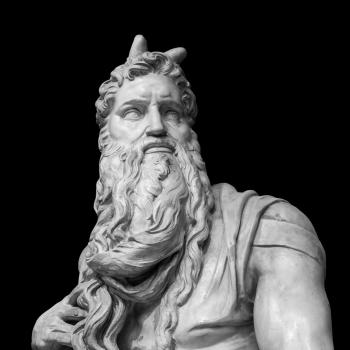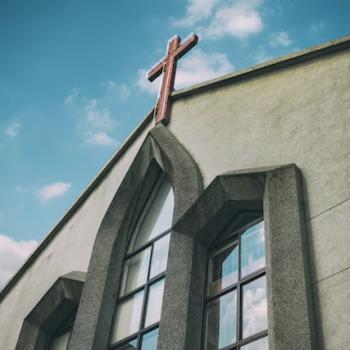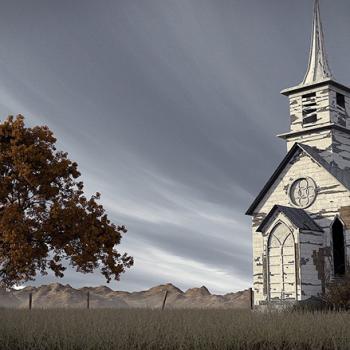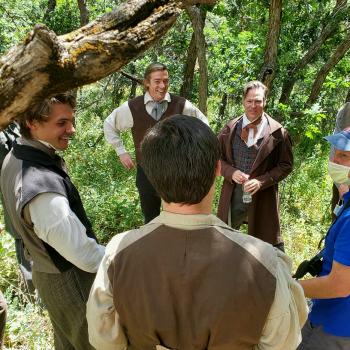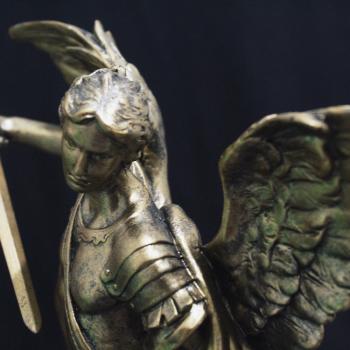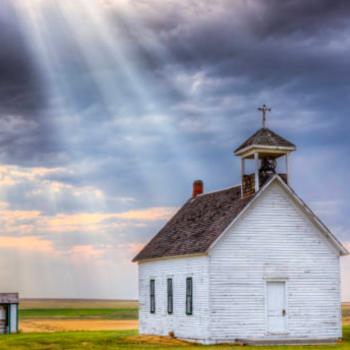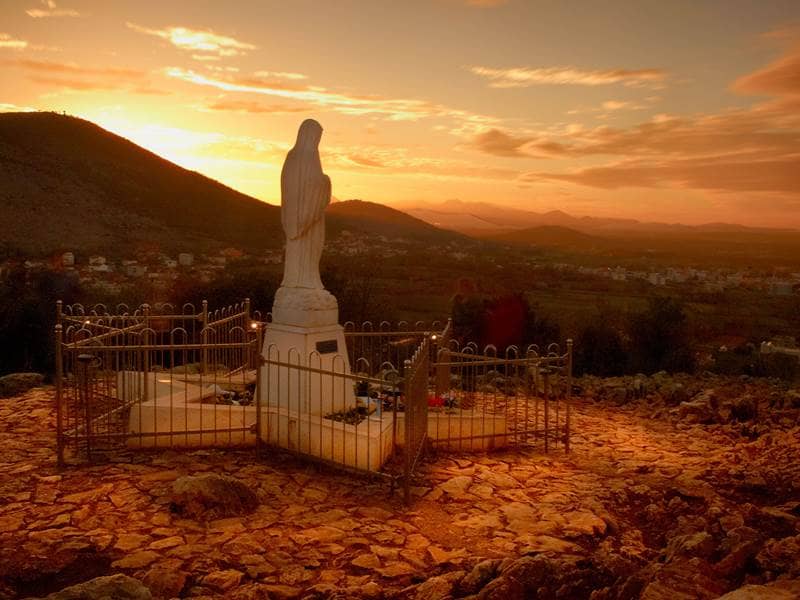
- Trending:
- History
- |
- Forgiveness
- |
- Marriage
- |
- Parenting
- |
- Suffering
- |
- Resurrection

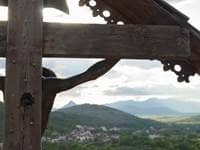
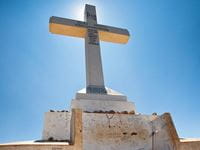

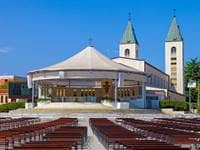
Associated Faiths:
Roman Catholicism
Also frequented by Christians of other High and Low-Church traditions.
Accessibility:
Open to visitors.
Annual visitors: 1,000,000
History
The name Medjugorje means “between mountains.” Located in the former Communist country of Yugoslavia (now Bosnia and Herzegovina), Medjugorje rests just east of Croatia’s border. This Roman Catholic pilgrimage site is quite new, having only been a popular place of gathering for Catholics since the early 1980s.
In June of 1981, six children (ranging in age from 10 to 16) claimed to have several visions of the Virgin Mary. After the initial visions, others too claimed to see the Mother of the Son of God (often referred to as “Our Lady of Medjugorje” in Bosnia and Herzegovina). For example, one Catholic woman (Mirjana Soldo Dragičević) claims that the Virgin gives her a message on the 2nd of each month, and another woman in the area (Marija Lunetti Pavlović) claims that Mary appears to her on the 25th of every month. While Pope Francis suggested (in 2017) that he thought the original visions of the six children (back in 1981) might have merit, he expressed the “dubious value” of the other supposed Marian apparitions said to have been had by various people living in the area. Nevertheless, Catholics living in the area continue to claim that Mary regularly appears in Medjugorje.
At the time of the first visions of the Madona, the Roman Catholic bishop over the area (Bishop Pavao Žanić) was inclined to believe the claims about the visitations of Mary. However, in time he came to believe that the apparitions were most like a fabrication designed to damage his reputation and his authority over the diocese. Amid the tug-of-war over whether the supposed visions were real or made up, Bishop Žanić called for the cessation of pilgrimages to Medjugorje and the Vatican initially supported him in this decision. In 1991, the Yugoslav Bishops’ Conference also questioned the supposed visions, suggesting they could not be validated. For the next 28 years the visions continued, but so did the Church’s hesitancy to officially validate the apparitions. However, in 2019, the Vatican indicated that pilgrimages to Medjugorje are “authorized,” implying support for the validity of the visitations. Indeed, the 2019 Catholic Youth Festival (August 2-6), held in Medjugorje, brought together approximately 60,000 youth from around the world and also more than 700 priests. Based on this, it seems evident what the Church’s current position is on Our Lady of Medjugorje.
Religious Significance
Marian apparitions have always drawn attention and heightened devotion among Roman Catholics. While Pope Clement IV (AD 1265-1268) showed the first signs of Marian devotion, it wasn’t until Pope Pius X (1846-1878) that Mariology—as we know it today—was officially declared. This evolution in focus on Mary made the 1981 events of Medjugorje all the more inspiring and sacred for Roman Catholics throughout the world—and particularly for those who live in the former Yugoslavia.
While there are many things which some consider as constituting “sacred space,” the appearance of God, Christ, or an angel, are among the most significant. Any spot at which a divine being has appeared, of necessity is hallowed by that apparition, and becomes instantly sacred to believers. This is evidenced by the Medjugorje visions. Overnight, and without “proof” or the “approval” of the Church, that which had been a Communist country (fairly unfriendly to religion) was instantly turned into a sacral site and a government supported tourist attraction.
In addition to the Marian visions in the area, and the statue of the Virgin (at Podbrdo) which marks the spot of the first of the apparitions, Medjugorje is also the home to the “Cross at Križevac Hill.” In honor of the 1,900th anniversary of Jesus’ crucifixion, Pope Pius XI encouraged Roman Catholics worldwide to erect crosses in conspicuous places, such as prominent hills or mountains. Thus, in 1933, a massive fifteen-ton 33-foot-tall cross was built by local Catholics atop the 1,770-foot peak of “Mount Sipovac.” (Once the cross was erected the locals changed the hill’s name to “Mount Krizevac,” meaning “Mount of the Cross.”) This massive Christian symbol gives an air of holiness to the town, reminding visitors and residents alike of the “sacred space” which Medjugorje is.
Another thing to develop because of the apparitions believed to have happen in Medjugorje is “The Peace Rosary” (sometimes called the “Peace Chaplet of Medjugorje”). It is a form of Rosary beads specifically tied to Medjugorje’s miracles. Users of the special Rosary are encouraged to petition God seven times each day, praying the “Our Father,” the “Hail Mary,” the “Glory be to the Father,” and the “I believe in God” prayers. Medjugorje’s special Rosary helps facilitate this because it consists of 1 + 7 x 3 beads, with a cross or medal at the bottom—making it somewhat different from a traditional Roman Catholic Rosary.
There are historians who believe that, whether one believes in the Medjugorje Marian apparitions or not, the claims that Mary was appearing there may have played a role in the eventual demise of the former USSR. There is certainly no question that, just as communism sought to stomp out religion, the early 1980s appearances of the Virgin Mary to believers in Medjugorje breathed a life into the Church and into Eastern-Block Christians. Talk of those spiritual manifestations threatened the grip and viability of Soviet Communism. Some think that was the message of Mary’s various visitations to communist controlled Christians in the 1980s.



